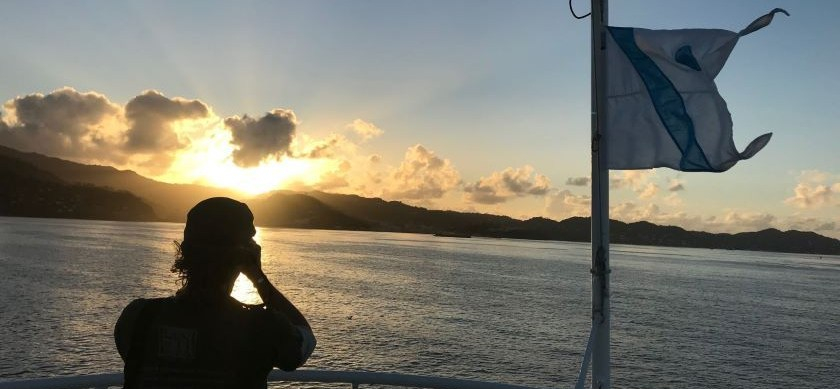I’ll be honest with you, it really didn’t take me very long to decide when my wonderful agents, PEEL Talent, offered me a guest speaker slot on Fred Olsen‘s cruise to the Amazon River on their smallest cruiseship, Braemar. I mean, who wouldn’t want to cruise the Amazon in January when it is the depths of winter in Orkney – in fact, who wouldn’t want to cruise the Amazon full stop?
However, before the delights of Brazil, we had the hardship of a visit to the Caribbean where after a long, but comfortable flight we joined Braemar in Bridgetown, Barbados. Straight into wildlife geek mode from the minute we touched down on the runway, Russ and I had a mini sweepstake on which bird would be the first to be seen – the choice was between a GREY KINGBIRD or a feral pigeon. We had both within 5 minutes which were swiftly followed by ZENAIDA DOVE, SHINY COWBIRD and EUROPEAN COLLARED DOVE from the bus transferring us to the port!
After a night reacquainting ourselves with the beautiful Braemar and catching up on sleep, Russ and I decided to head ashore and walk north from the port along Brandon’s beach to Brighton beach ( a little warmer than our UK equivalent right now!) as far as a creek known locally as the Hot Spot. This proved to be a good decision as not only was the beach stunning, we were able to get some good views of some of the local birdlife along the scrub at the back of the beach.
Around the cruise terminal, LESSER ANTILLEAN BULLFINCH were easy to spot – the Barbados subspecies is endemic to the island. Just outside, a very confiding COMMON GROUND-DOVE and ZENAIDA DOVE were present and by the time we were out of the port gate, we had added the first CARIB GRACKLE and BANANAQUIT to the list – we got to know BANANAQUIT very well during the first two days of the trip! A good-sized flock of SHINY COWBIRD were feeding on the grass in a small park along the front.
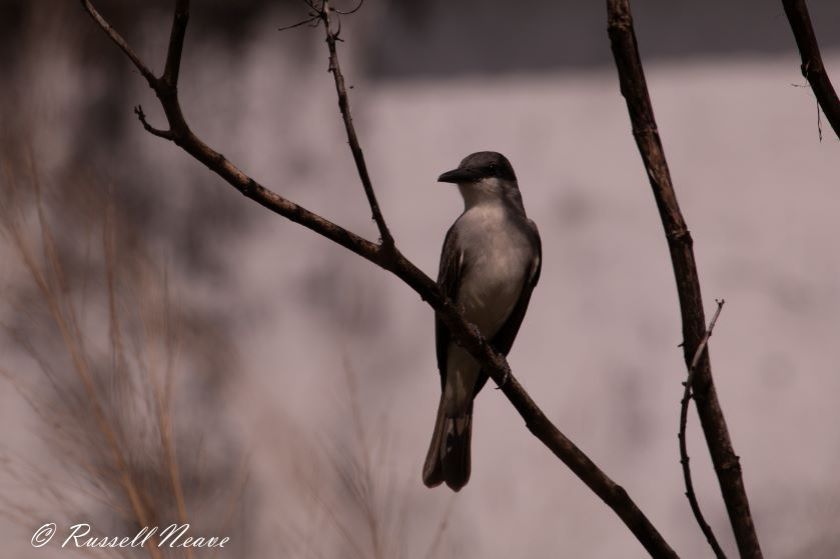
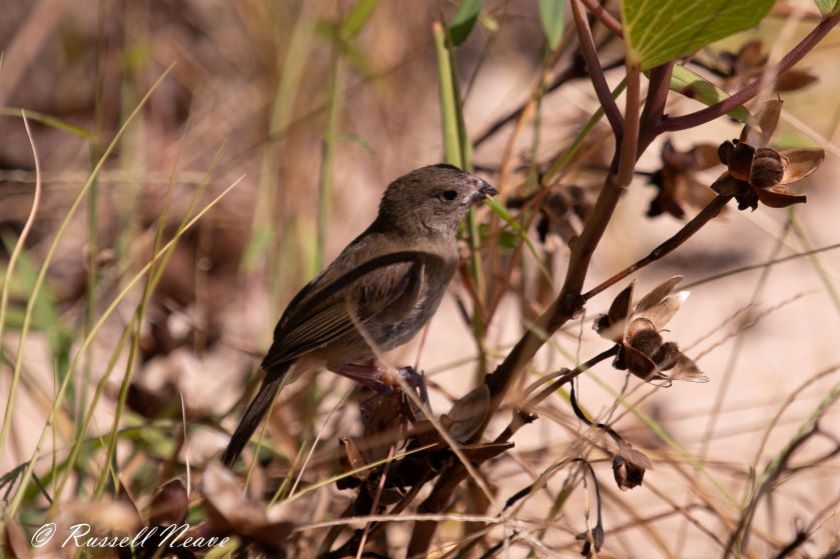
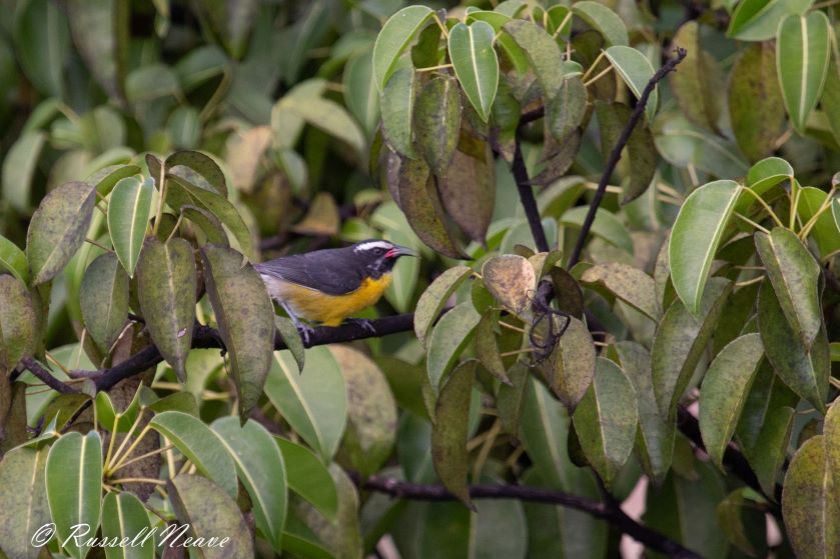
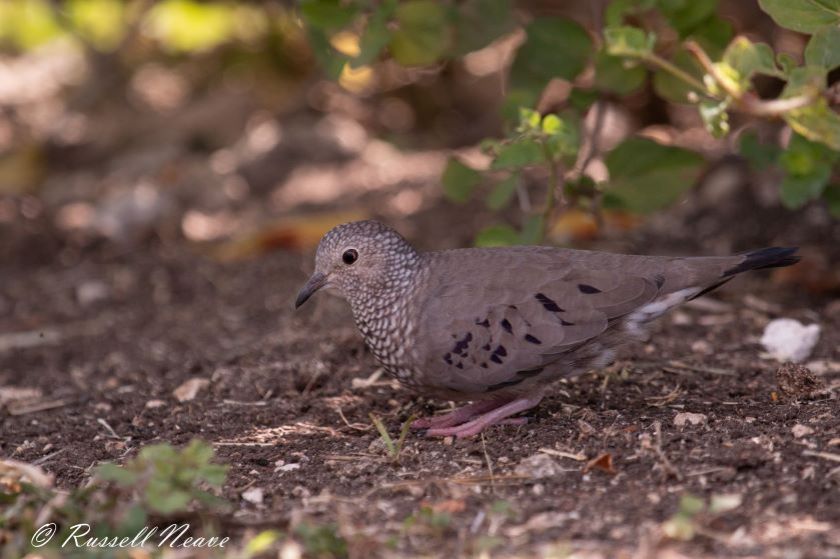
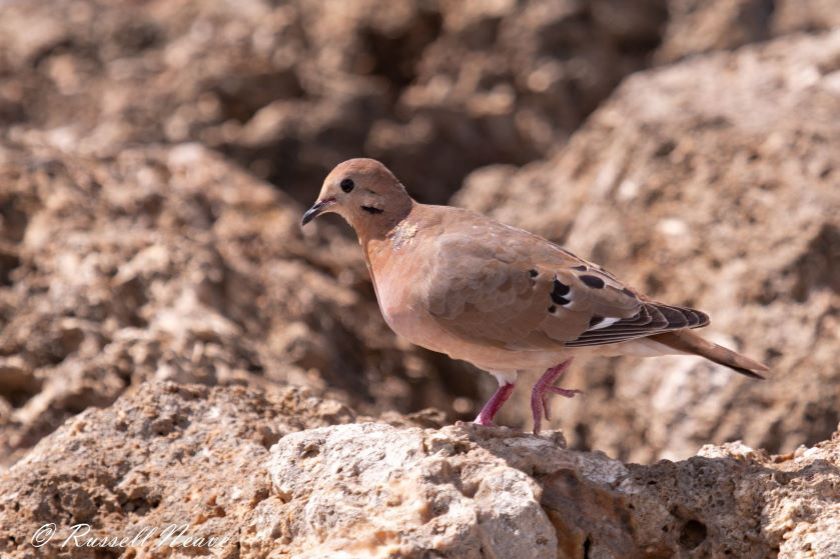
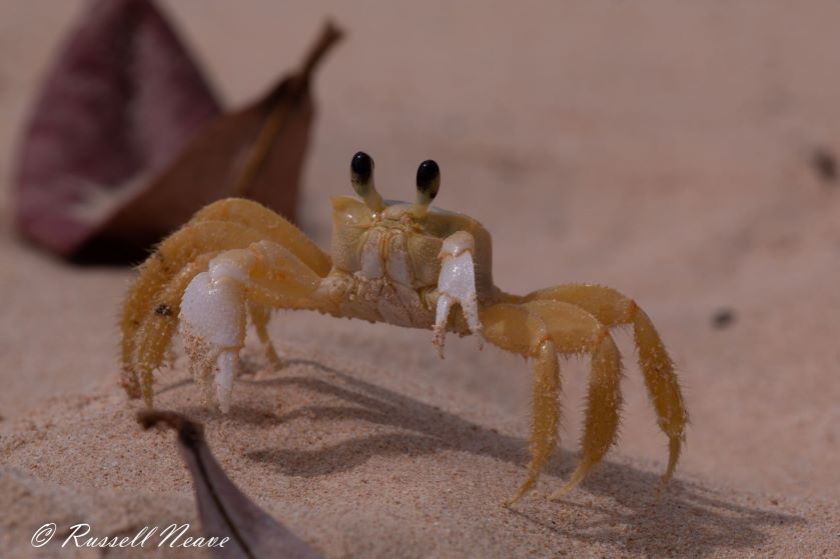
On the beach, a good band of thick scrub held plenty of BANANAQUIT, ZENAIDA DOVE and LESSER ANTILLEAN BULLFINCH, Towards the Hot Spot we found CARIBBEAN ELAENIA along the scrub, whilst offshore a small number of ROYAL TERN were feeding, occasionally being harassed by MAGNIFICENT FRIGATEBIRD. A flock of around 50 SEMI-PALMATED PLOVER were active along the shore and a single SPOTTED SANDPIPER appeared our of the long grass around the edge of the Hot Spot lagoon. We also found GREEN-THROATED CARIB and ANTILLEAN CRESTED HUMMINGBIRD as we retraced ou steps slowly back towards the ship.
Back on board and we sailed just after sunset bound for Grenada. First light saw us on the approach to the island during which we recorded our first BROWN BOOBY of the trip as well as MAGNIFICENT FRIGATEBIRD, an unexpected BLACK-HEADED GULL as well as a breaching BILLFISH which surprised us all as it leapt out of the water at least three times! On closer inspection of the photograph, we were able to almost certainly identify it as an ATLANTIC BLUE MARLIN.
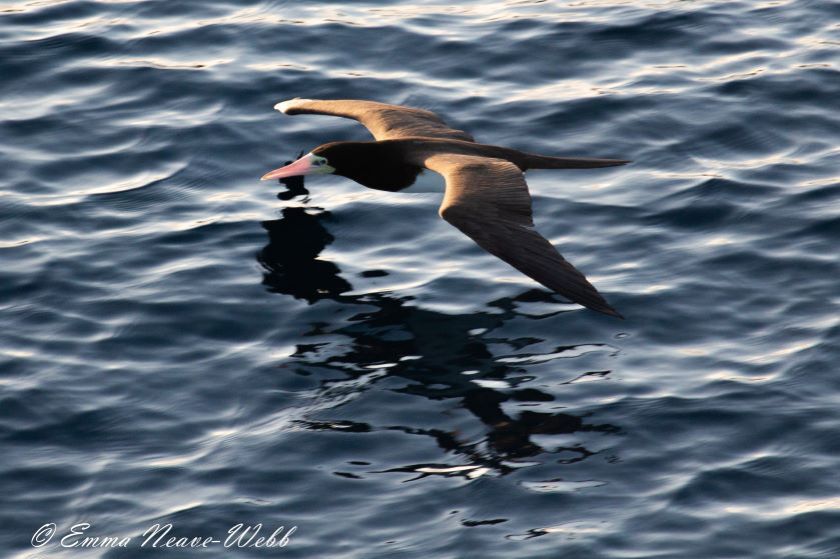
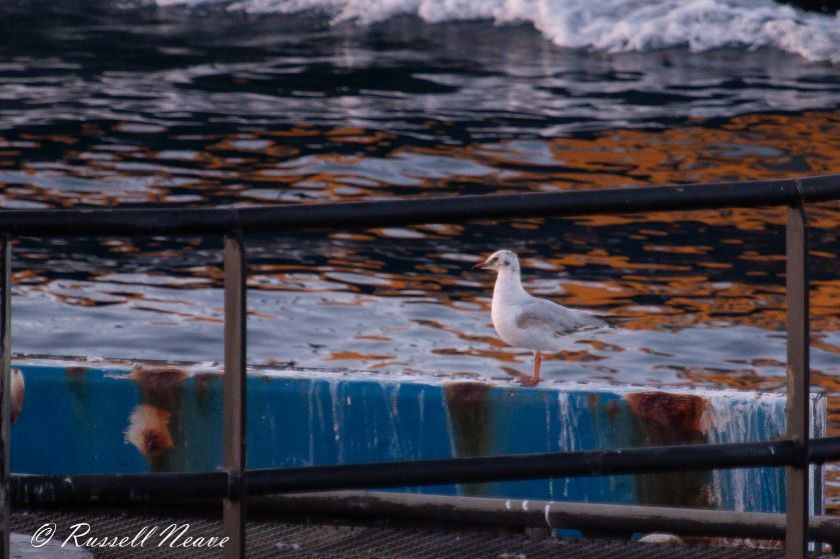
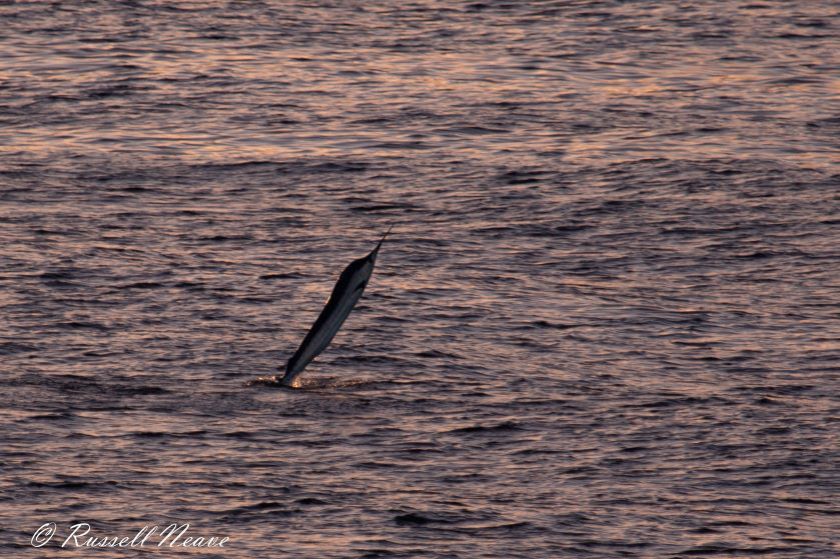
As we pulled alongside, we were surprised to see two SOUTHERN LAPWING on the quayside as they weren’t listed as present in the Lesser Antilles in our identification guide. However, after talking to our knowledgeable guide Jerry – we slightly spoilt his surprise by spotting them on the way in – the pair have been present there for a few years now.
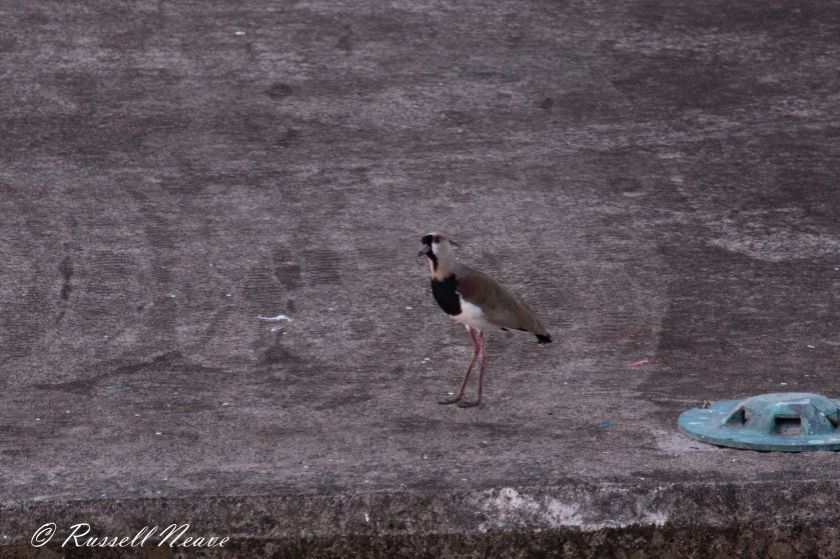
As Russ and I have never visited Grenada before, we decided to make the most of our time and booked a local eco-guide, Jerry from Grenada Birding who we found via Birdingpals. If you are ever in Grenada, I highly recommend Jerry as a guide. Our first stop was a beach-front hotel out towards the airport with extensive grounds and freshwater which were a haven for waterbirds including TRICOLOURED HERON, SNOWY EGRET, GREAT WHITE EGRET, CATTLE EGRET and LITTLE BLUE HERON. We were also lucky enough to get excellent views of the incredibly skittish SCALY-NAPPED PIGEON, a species that is still hunted so is very wary. On the way back to the car, Jerry found us a roosting BLACK-CROWNED NIGHT-HERON which was grumpily keeping an eye on us from its lofty perch high up a tree as well as both adult and juvenile YELLOW-CROWNED NIGHT-HERON – a new species for both of us.
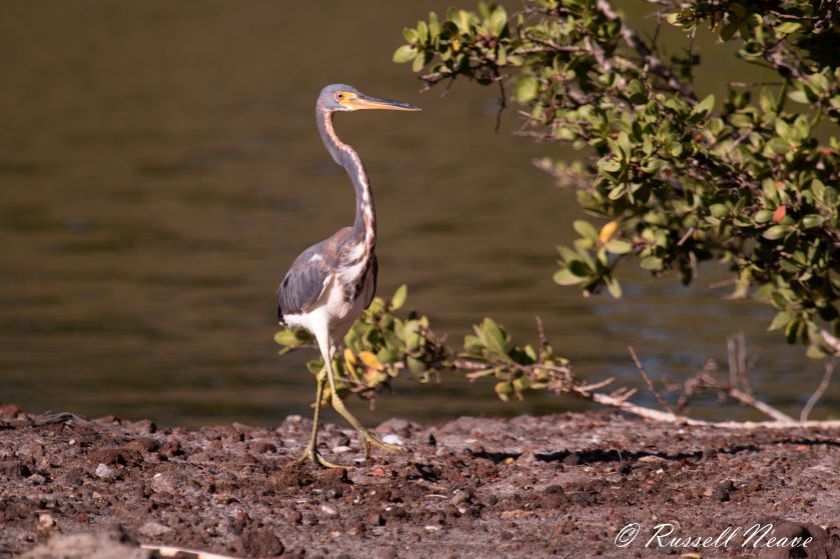
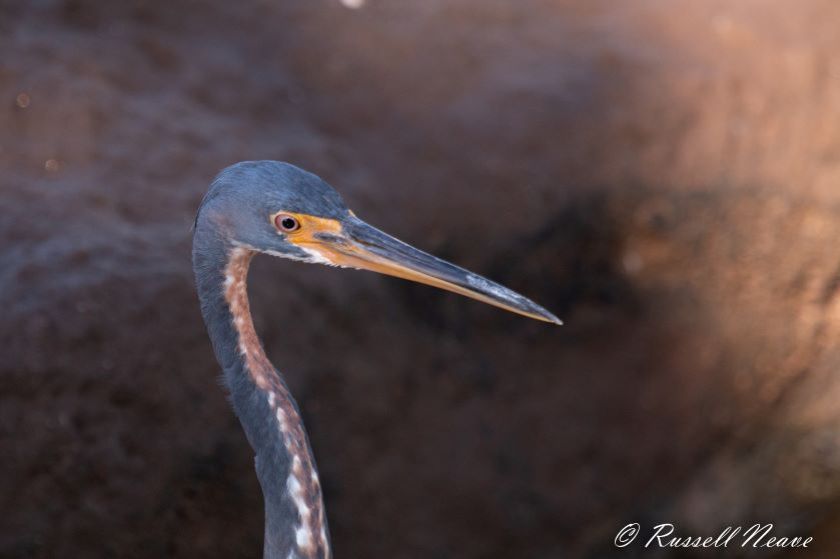
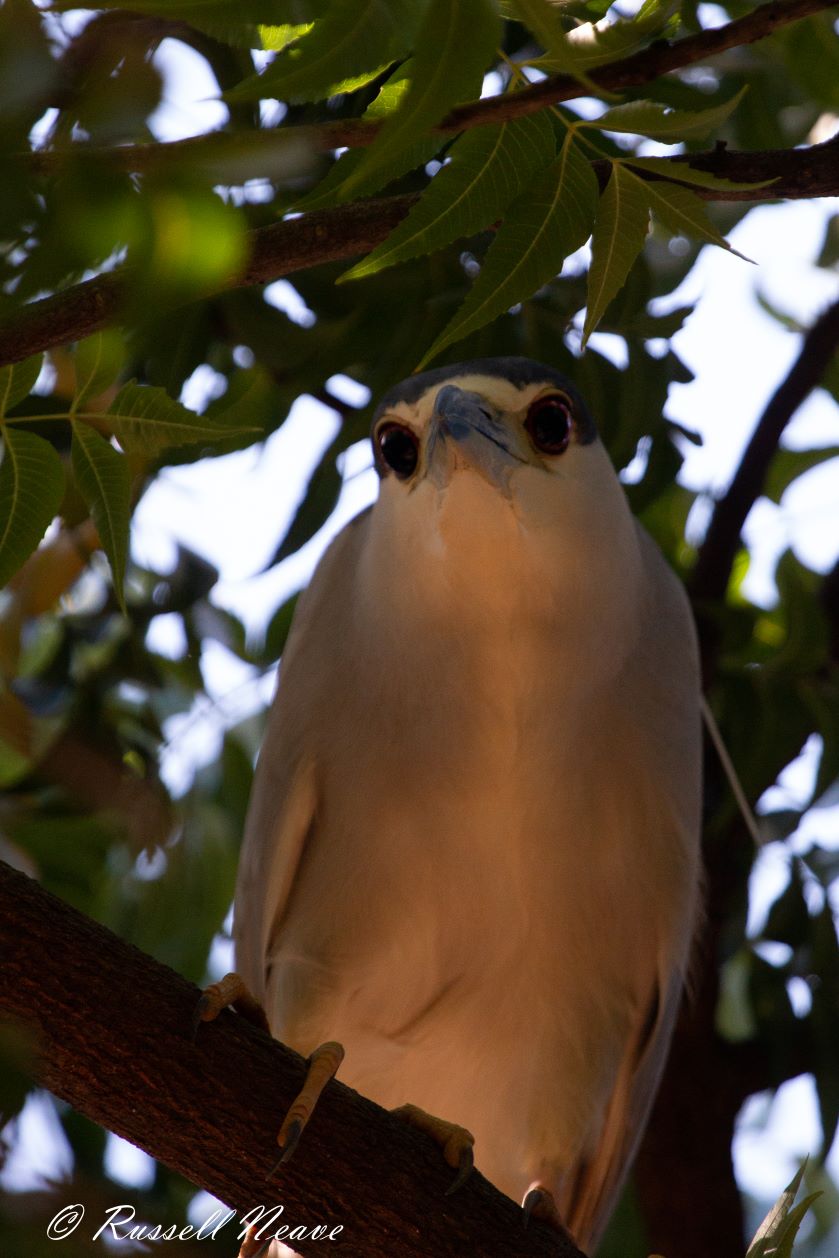
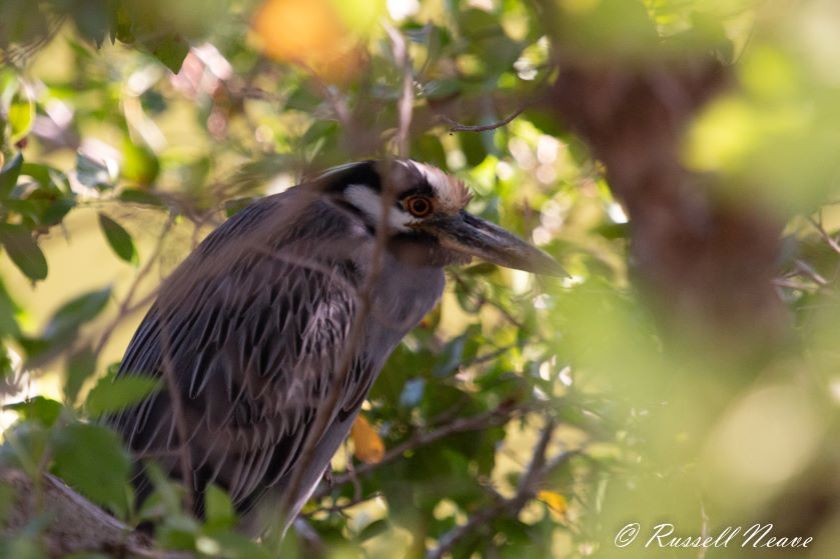
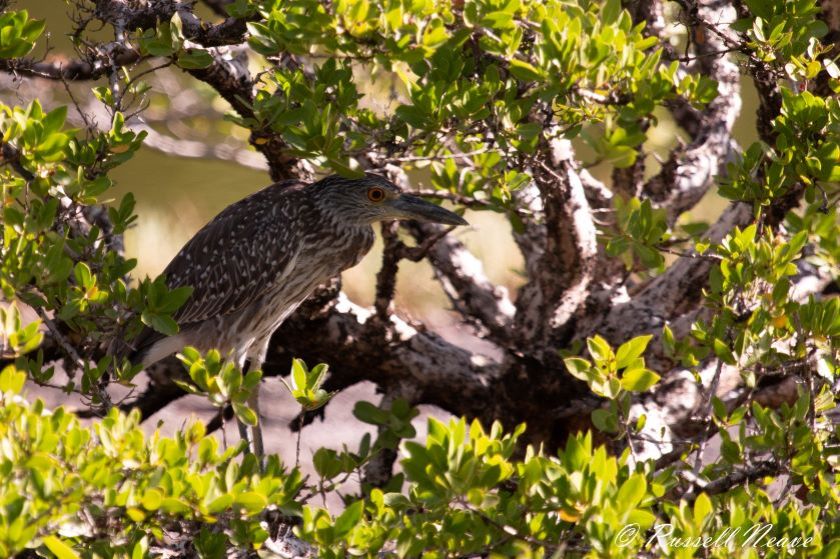
We then headed straight to Mount Harman for the target species of our visit – the rare, endemic GRENADA DOVE. Straight out of the car, we had BROAD-WINGED HAWK and BLACK-FACED GRASSQUIT. However, we didn’t have to wait long for our first fleeting glimpse of a GRENADA DOVE as it disappeared at speed into the undergrowth in the forest. Elsewhere, BANANAQUITS (including the Grenada black phase), EARED DOVE, SCALY-NAPPED PIGEON and an ANTILLEAN CRESTED HUMMINGBIRD kept us busy. We heard at least two HOOK-BILLED KITE, but frustratingly couldn’t pinpoint their location. A second GRENADA DOVE teased us by flying up from the track in front of us along with a TROPICAL MOCKINGBIRD….. we all followed the wrong bird!
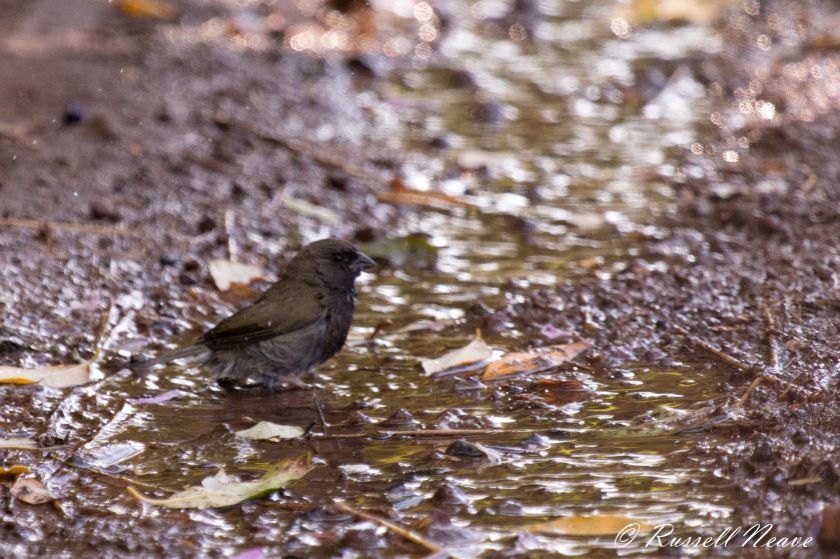
Wading birds were the target next with a brief stop-off at Woburn wetland where we picked up SPOTTED SANDPIPER, SEMI-PALMATED PLOVER, TURNSTONE , SEMI-PALMATED SANDPIPER and a more distant LESSER YELLOWLEGS. A fabulous, close encounter with a GRENADA FLYCATCHER stole the show however, with both Russ and I whispering too close as we frantically tried to change camera settings!
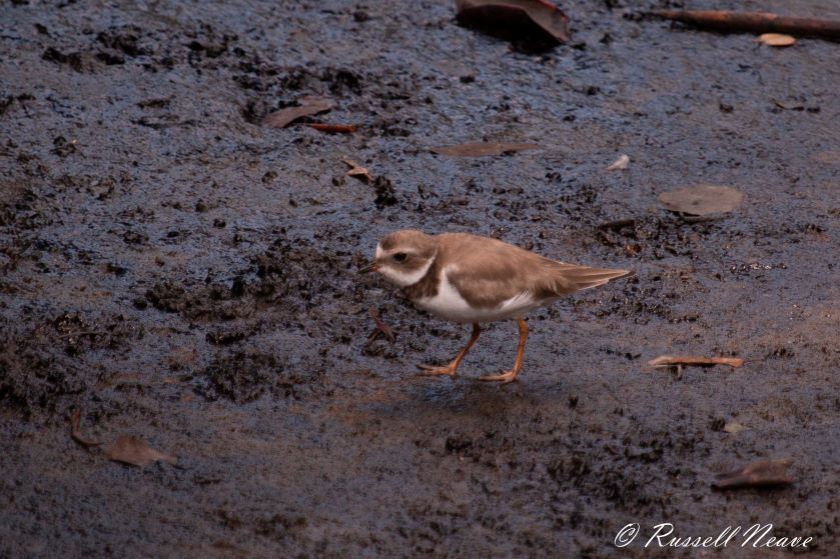
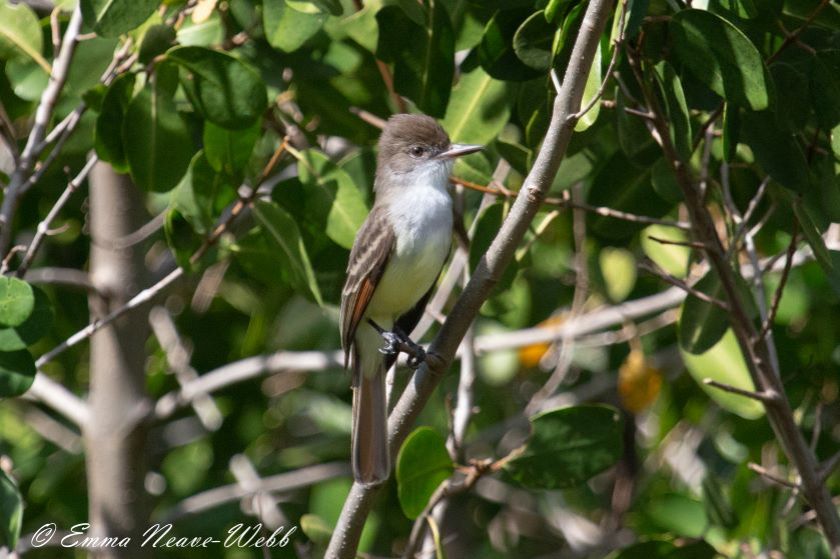
Following a stop at one of Grenada’s beautiful beaches where we found BLUE-WINGED TEAL, CARIBBEAN COOT and a lone RING-NECKED DUCK on a large lagoon, Jerry took us to the village where he had grown up and still lived as he had an array of hummingbird feeders. We weren’t disappointed as we were treated to amazing, prolonged views of GREEN-THROATED CARIB, ANTILLEAN CRESTED HUMMINGBIRD and the RUFOUS-BREASTED HUMMINGBIRD whilst our senses were assualted by the wonderful smells from the herbs and spices which grew in the garden.
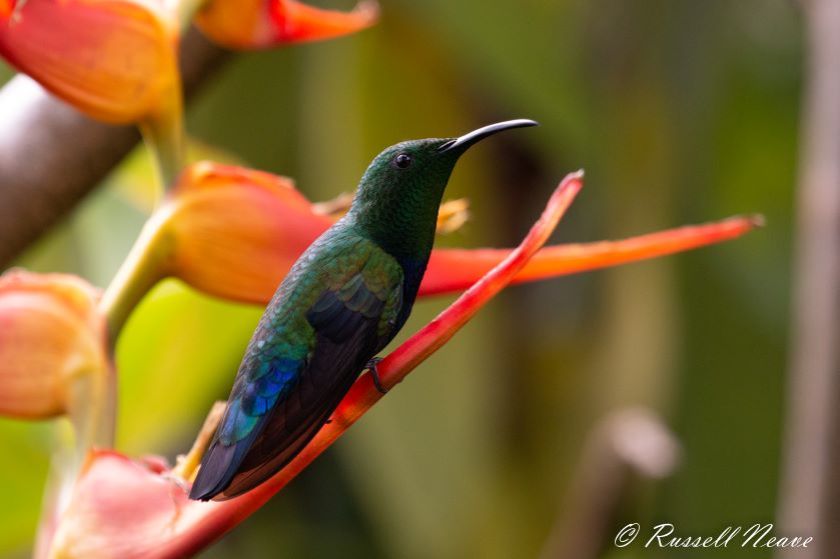
After a busy, bird-filled day, it was time to head back to the ship in preparation for sailing. Full of anticipation of 3 full sea-days ahead, we headed out on to deck to wave farewell to Grenada and the Caribbean as the sun started to set. If you have ever heard of a phenomenon called the green flash, the Caribbean is a great place to see it! We were treated to the spectacle two nights running at sunset – a fitting end to a grand day of wildlife watching!
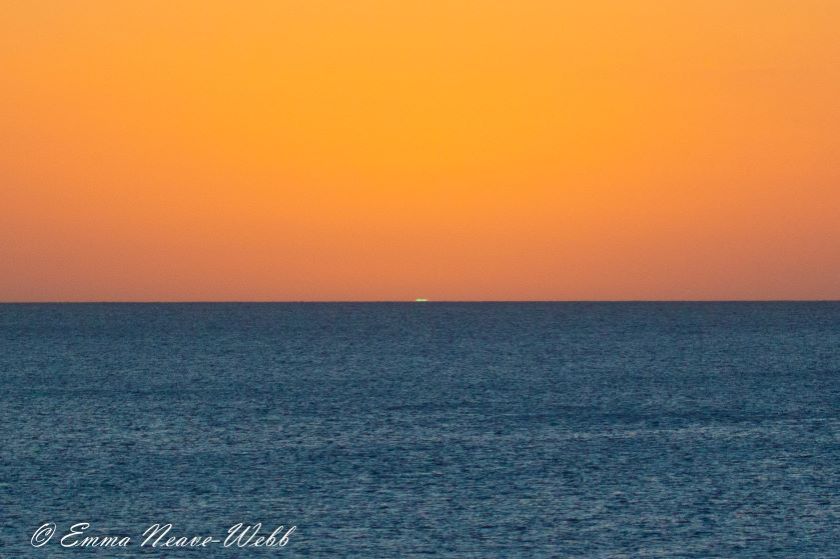
Part 2 of our Amazon River Adventure will follow soon!

